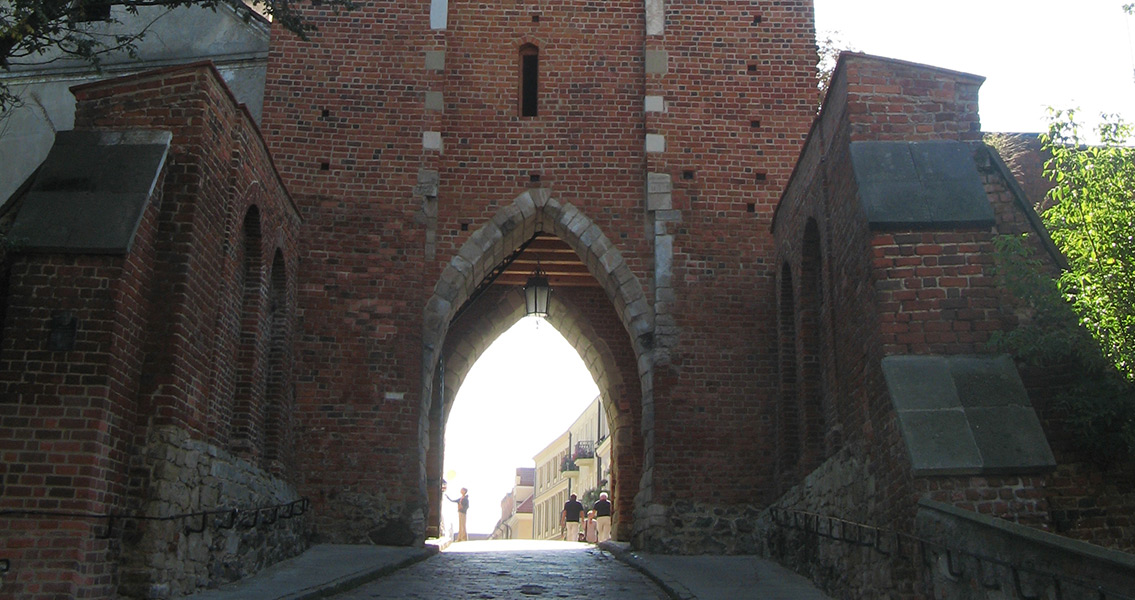<![CDATA[A large tomb, the first of its kind to be found in the southeastern region of Poland, has been uncovered by a team of archaeologists. The recessed wooden structure, known as a “chamber tomb” to archaeologists, is of a type that is typically found further north. Dating from the early medieval period, most tombs of this type that have been discovered by researchers in the past were found in regions in central Europe, northern Germany, Russia, and Scandinavia, and are generally understood to be the final resting places of people who were of local importance in life. The tomb, which was uncovered during excavation efforts near the entrance to the town of Sandomierz known as the Opatowska Gate, has yielded several pottery fragments and traces of what could have been a funeral pyre, according to Dr. Marek Florek, an archaeologist from Lublin’s Institute of Archaeology, a division of Maria Curie-Skłodowska University. Florek, who spoke with Science & Scholarship in Poland about the discovery, said that the burial chamber itself had been constructed like a wooden palisade; interred inside the chamber were human remains. The identity of the man buried within is of course unknown, but judging by the items he was buried with he was of some importance. At the man’s head was an earthenware vessel fitted with a silver ring on its neck. Other items the man was buried with included a firestarter set consisting of flints and fire strikers, a bronze clasp, a spindle whorl made from clay, a knife, and a bone tube that might have been used to affix a knife sheath to a belt. Dr. Florek said that in Polish territory, chamber graves of this type were usually reserved for warriors from the early medieval period, which was about 1,000 years ago. The Sandomierz grave site has been dated to this period, in particular the early days of the eleventhth century, when the Piast Dynasty ruled the region. Many high-ranking warriors from the Piast Dynasty were afforded chamber burials, the archaeologist added; a good number of these individuals were originally from surrounding lands. Some of the items in the grave, such as the intact earthenware vessel and the pottery shards, were likely filled with food and drink at the time of burial, according to Dr. Florek. This indicates that the burial rites might have been either completely pagan or made use of pagan traditions syncretized with Christian ones. There were also several smaller tombs discovered nearby the chamber, with the deceased laid out in wooden coffins. The remains all dated from the same period of the remains in the central tomb and also had several objects within them such as bronze clasps, which were especially popular during the time period. The archaeologist said that such clasps are usually Baltic in origin, and suggests that some of the individuals buried there might have been from what would now be considered modern-day Russia. Image courtesy of Wikimedia Commons user: Szater ]]>
Rare Late Medieval Tomb Discovered in Poland
